As a gardener, you know that potting mix can be expensive. Thankfully, it is possible to reuse potting soil from previous planting seasons.
However, you need to take the necessary steps to ensure that the growing media is still healthy for your plants.
These steps include removing any old plant material, amending the soil, and possibly sterilizing it as a precaution.
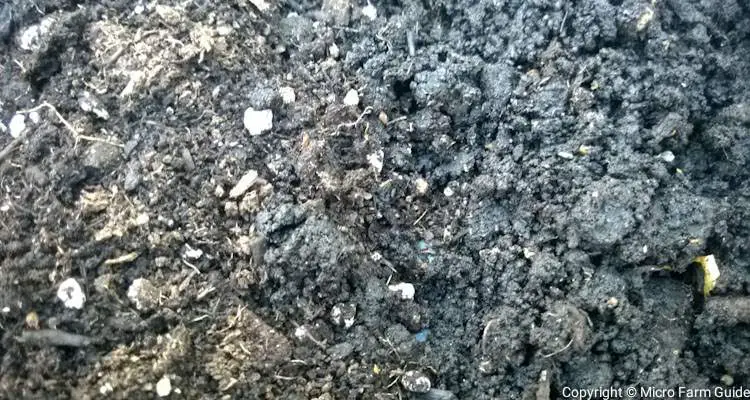
In this article, we will discuss
- How To Sterilize Potting Soil For Reuse
- How To Revitalize Old Potting Soil
- Best Practices For Reusing Potting Soil
How To Sterilize Potting Soil For Reuse
Before we begin, it is essential to note that reusing potting soil can increase the risk of pests and disease.
As a result, you should take steps to sterilize the old potting mix especially if you are unsure about the health of the previous plants.
You can sterilize used potting soil by adding it to a hot composting pile. Alternatively, you can place moist potting mix into a black plastic bag or container and leave it in the sun for 4 to 6 weeks.
In either method, the heating process will help destroy most weed seeds, harmful pests, and disease-causing organisms over a couple weeks.
However, if time is an issue, you can steam smaller quantities of potting soil for at least 30 minutes or bake it in an oven until the temperature reaches at least 180°F.
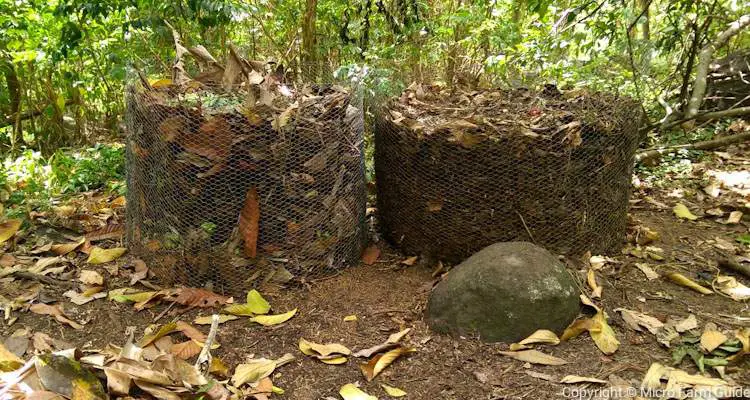
How To Revitalize Old Potting Soil
Next, you have to replace the nutrients that were used up. This is mandatory if the previous plants were heavy feeders like tomatoes or cabbages.
The easiest way to do this is to add equal parts fresh compost to the used potting mix.
Then, amend the mixture with perlite, vermiculite, or other material to help drainage.
Afterward, you can add material sources such as wood ash or agricultural lime to assist with ph balancing and remineralizing the growing media.
At this point, you can add the fertilizer of your choice. I prefer adding slow-release organic fertilizers at this point.
However, the exact type and quantity of fertilizer or soil amendment will vary from plant to plant. So, feel free to experiment with different kinds when possible.
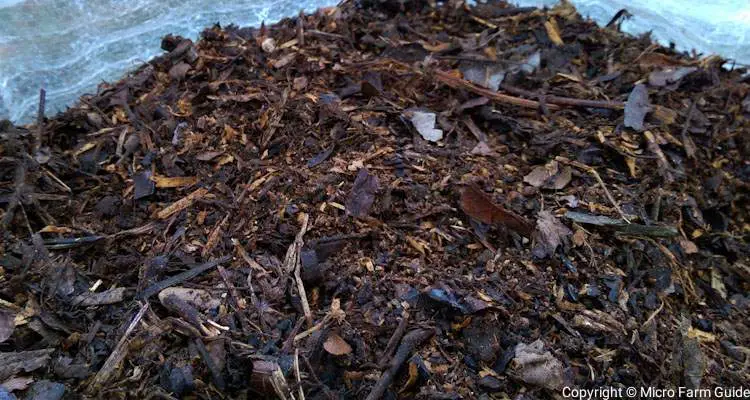
Best Practices For Reusing Potting Soil
I’m sure you’re even more excited about container gardening now, knowing you do not need to start from scratch each year.
However, certain precautions must be taken when handling and reusing old potting soil to ensure the health and safety of both your and your plants.
1. Use Gloves And Possibly Masks
Firstly, you should wear gloves, mask, and other protective clothing to protect yourself from creatures and allergens that find their way into the growing media over the months.
In most cases, the soil will be perfectly safe to use. However, it is better to be safe than sorry. I’m not trying to scare you, but you might be amazed at what is hiding in your pots.
2. Check For Pests And Diseases
Next, inspect the potting mix for signs of pests and diseases. These will differ based on your location.
Pay attention to the color and overall condition of the roots while you break the root ball apart.
You may encounter anything from earthworms to biting ants, centipedes, and even scorpions while removing the soil from the pots. So, please be careful during this inspection.
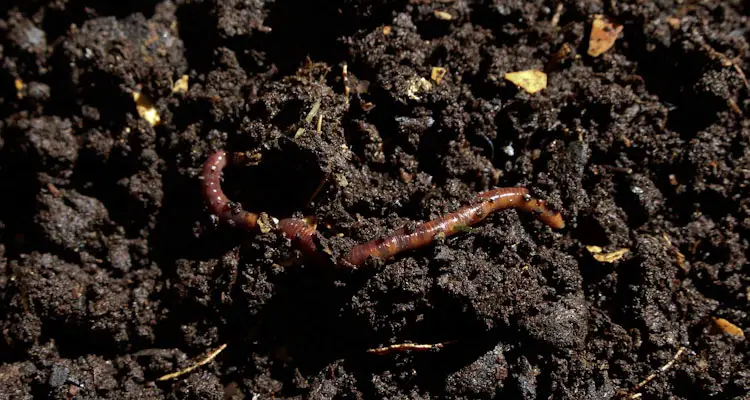
3. Debug The Potting Soil Using Water
Place the used potting mix into a bucket or large tub of water. This will encourage insects and other creatures to leave.
Allow the potting mix to soak for an hour or two. Then scoop out any creatures that you see floating in the water.
I suggest you do this outside to prevent these uninvited guests from entering your home.
4. Sterilize The Old Potting Soil
Sterilize your used soil to kill any harmful bacteria, viruses, or fungi that might be present. This is not always necessary, but definitely beneficial.
You can use one of several methods to do this, most of which involve pasteurizing (heating) the growing media for a period of time.
Unfortunately, this process will also destroy helpful organisms. Still, you can replace these with compost and other bioactive fertilizers before planting.
5. Remove Large Roots And Debris
Remove large pieces of plant materials such as roots, stems, and other organic debris from the potting soil.
While this is not completely necessary, it makes handling and preparing the soil much easier.
However, don’t worry about removing everything since smaller pieces of roots will eventually break down in the soil.
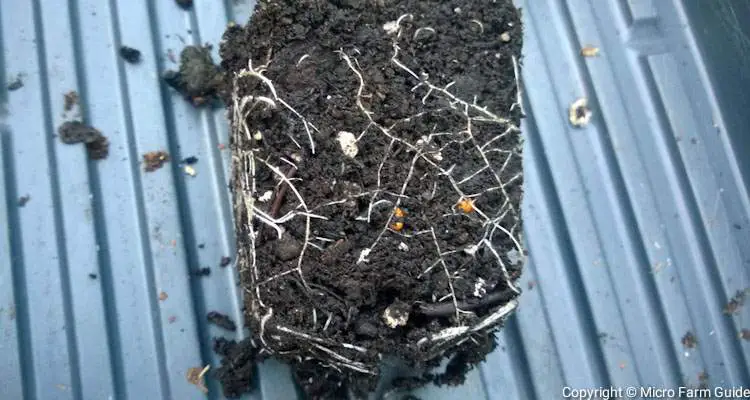
6. Amend With Fresh Compost And Fertilizer
Add fresh compost, potting mix, organic fertilizer, and other sources of nutrients to your used potting soil.
This will replace the lost nutrients and help to improve the structure of the soil.
Remember, most of the original nutrients would have either been used up or washed away by the end of the growing season.
Final Thoughts
Reusing potting soil has become popular in gardening circles thanks to its affordability and environmental sustainability.
However, before doing so, you must take the necessary steps to ensure that the potting soil is free of pests and diseases, yet contains the essential nutrients for the plants to grow healthy.
That said, with careful planning and preparation, you can successfully reuse your potting soil, save money and grow healthy plants for years.
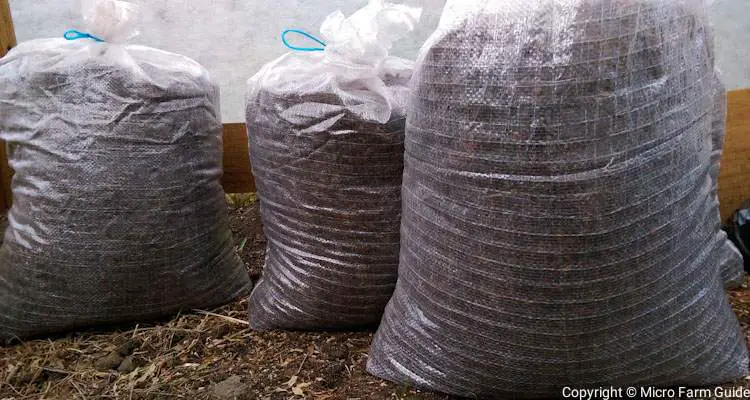
Related Questions
Can I Reuse Old Potting Soil?
You can reuse old potting soil, so long as you remove unnecessary roots, weeds, or debris and refresh its nutrients by adding compost or fertilizer. Additionally, you can sterilize the soil to ensure it is safe for both you and your plants.
What Is The Best way To Reuse Potting Soil?
The best way to reuse potting soil is to first sterilize the old soil, then amend it with fertilizer and other materials to improve soil structure, fertility, and drainage.
How Do You Recharge Potting Soil? soil?
You can recharge potting soil by adding organic material, fertilizer, and other mineral sources.
Can I reuse potting soil with old roots?
You can reuse potting soil with old roots, provided you remove larger ones. The leftovers can break down over time by microorganisms and serve as a source of plant nutrients.
References
PennState Extension. How To Pasteurize Medium And Sterilize Containers And Tools. extension.psu.edu. Accessed May 2023
University Of Missouri. Soil Steaming To Reduce The Incidence Of Soil-borne Diseases, Weeds, And Insect Pests. ipm.missouri.edu. Accessed May 2023

